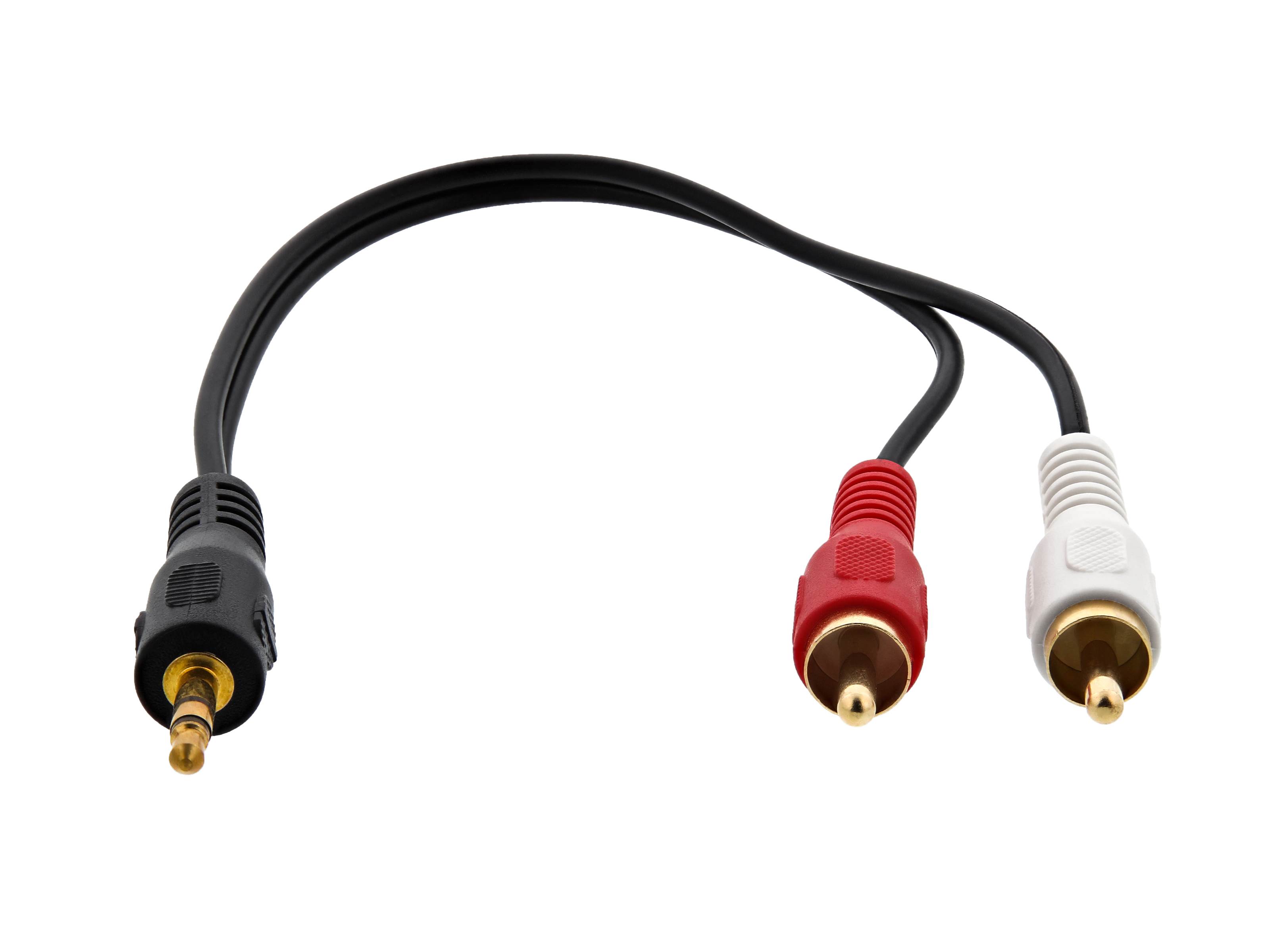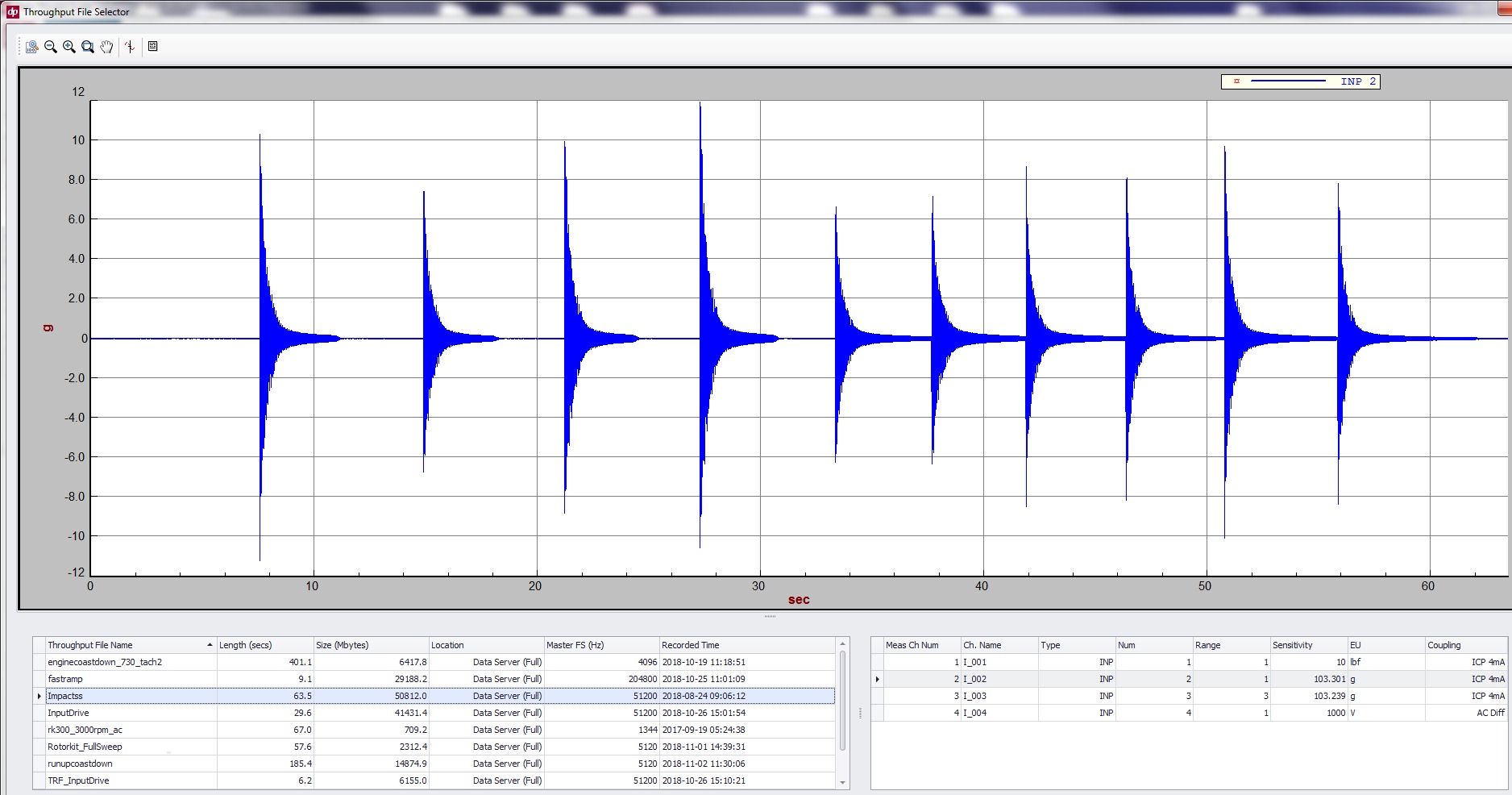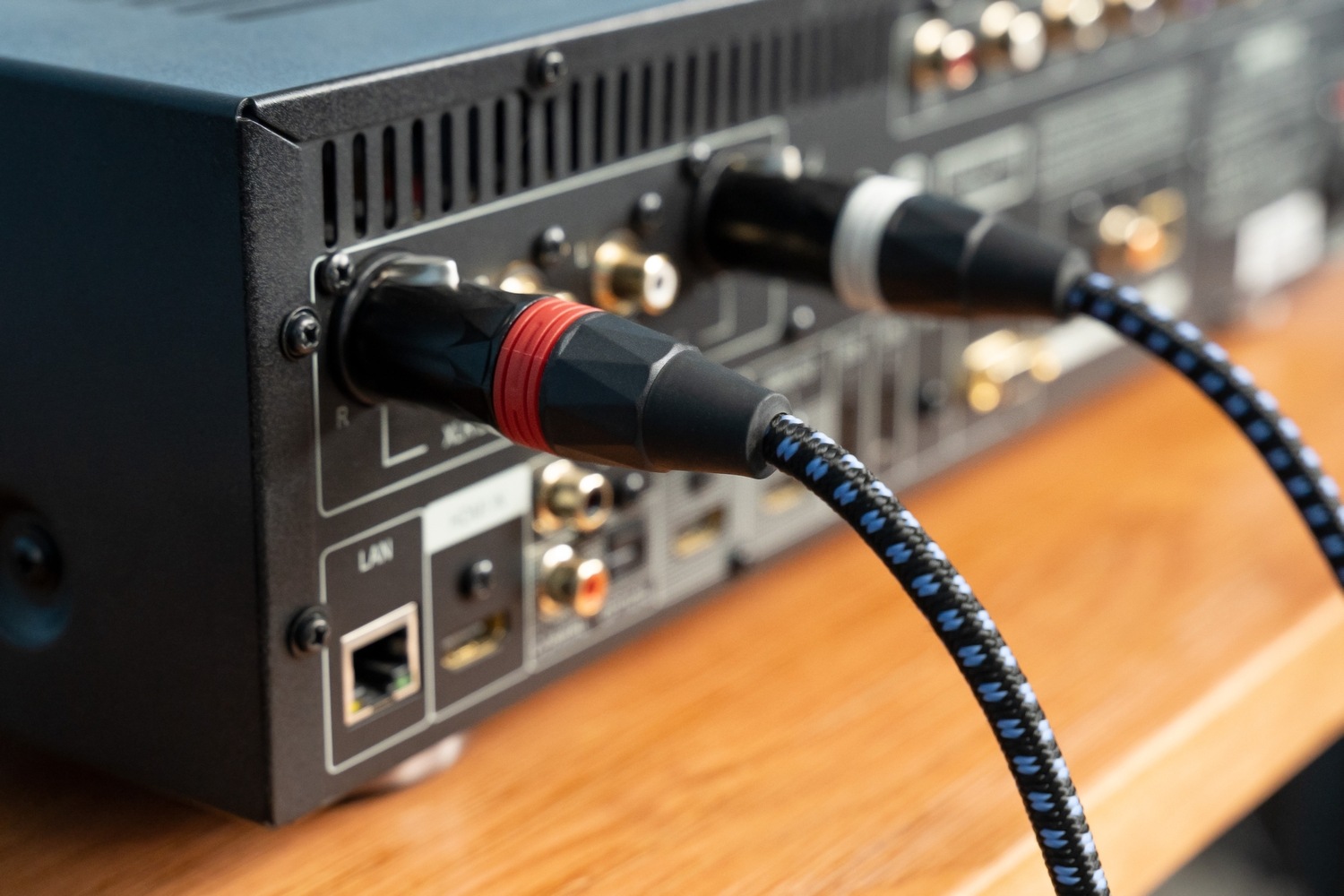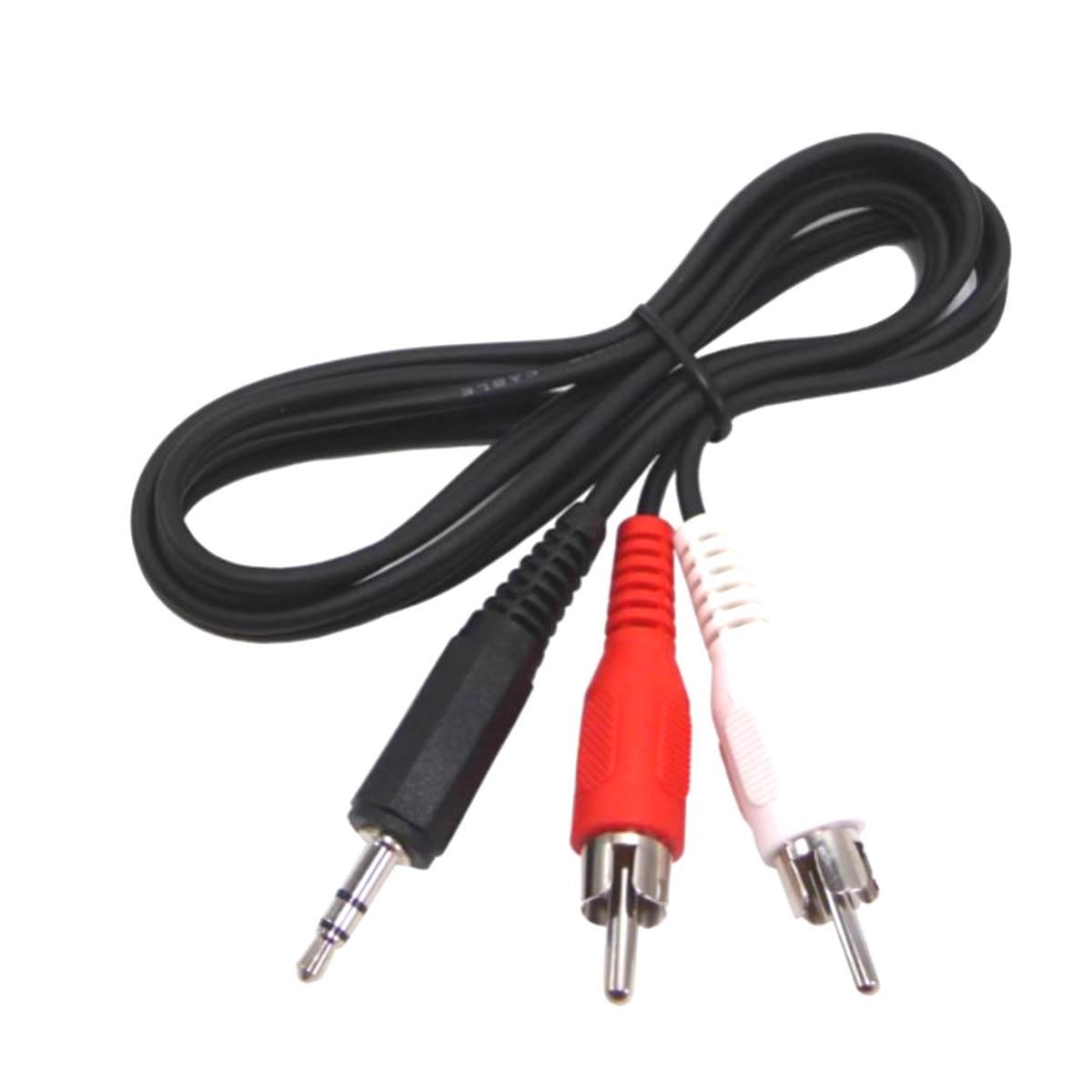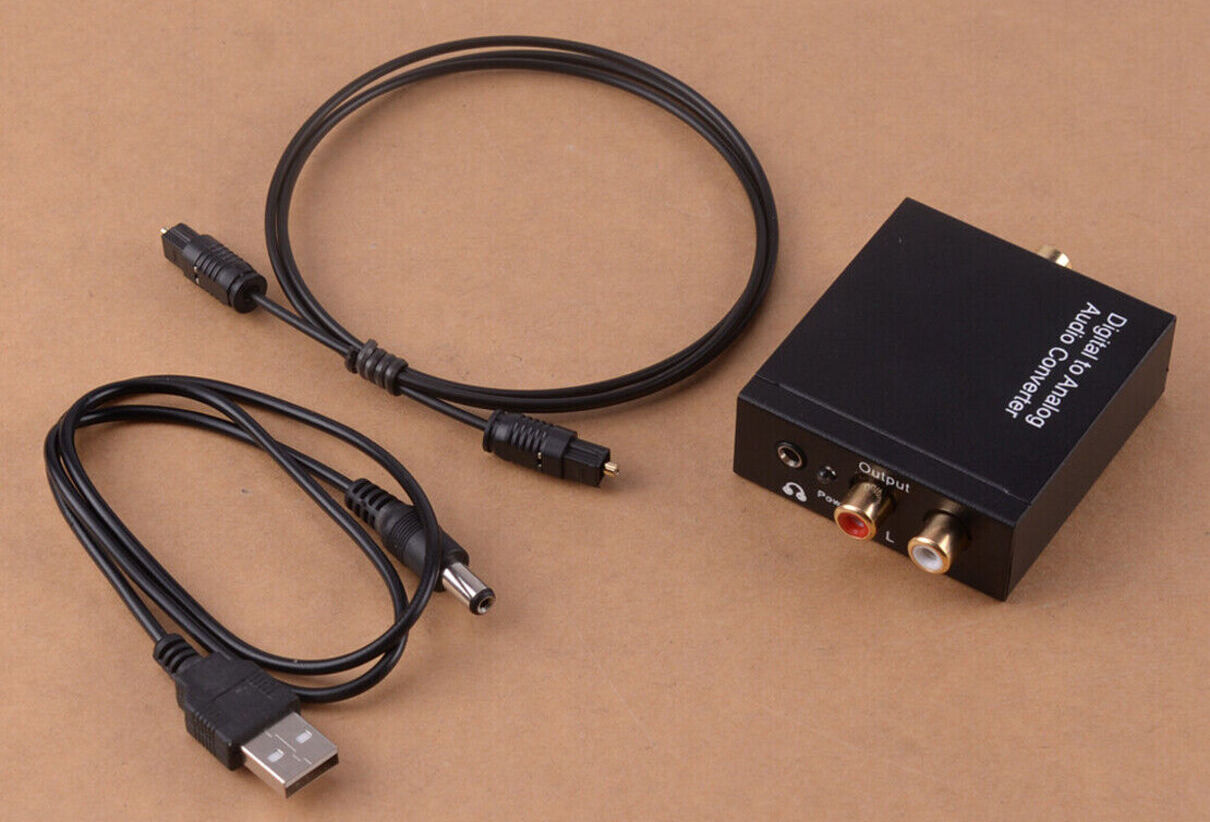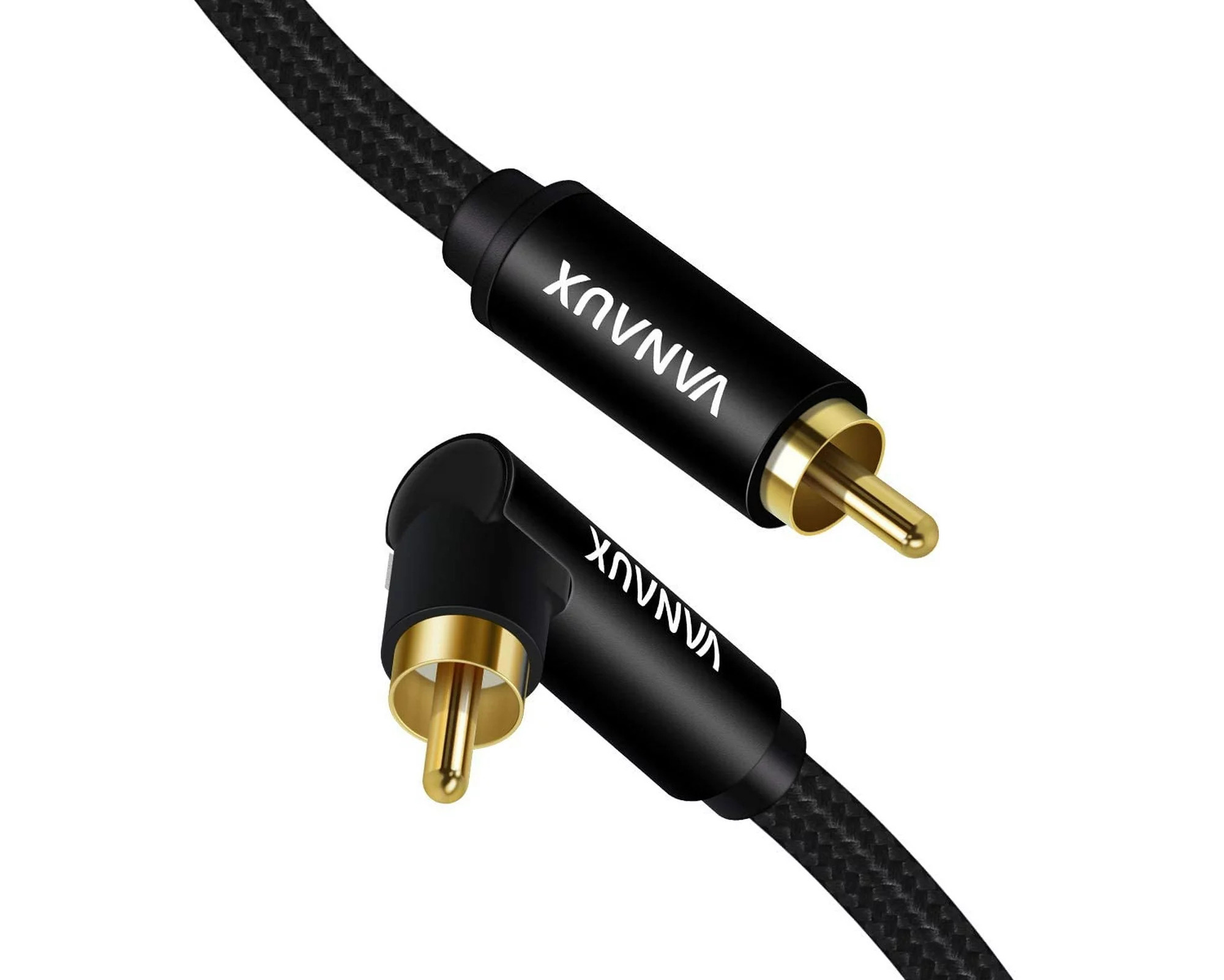Home>Production & Technology>Audio Cable>What Voltage Is Audio Cable Rated To
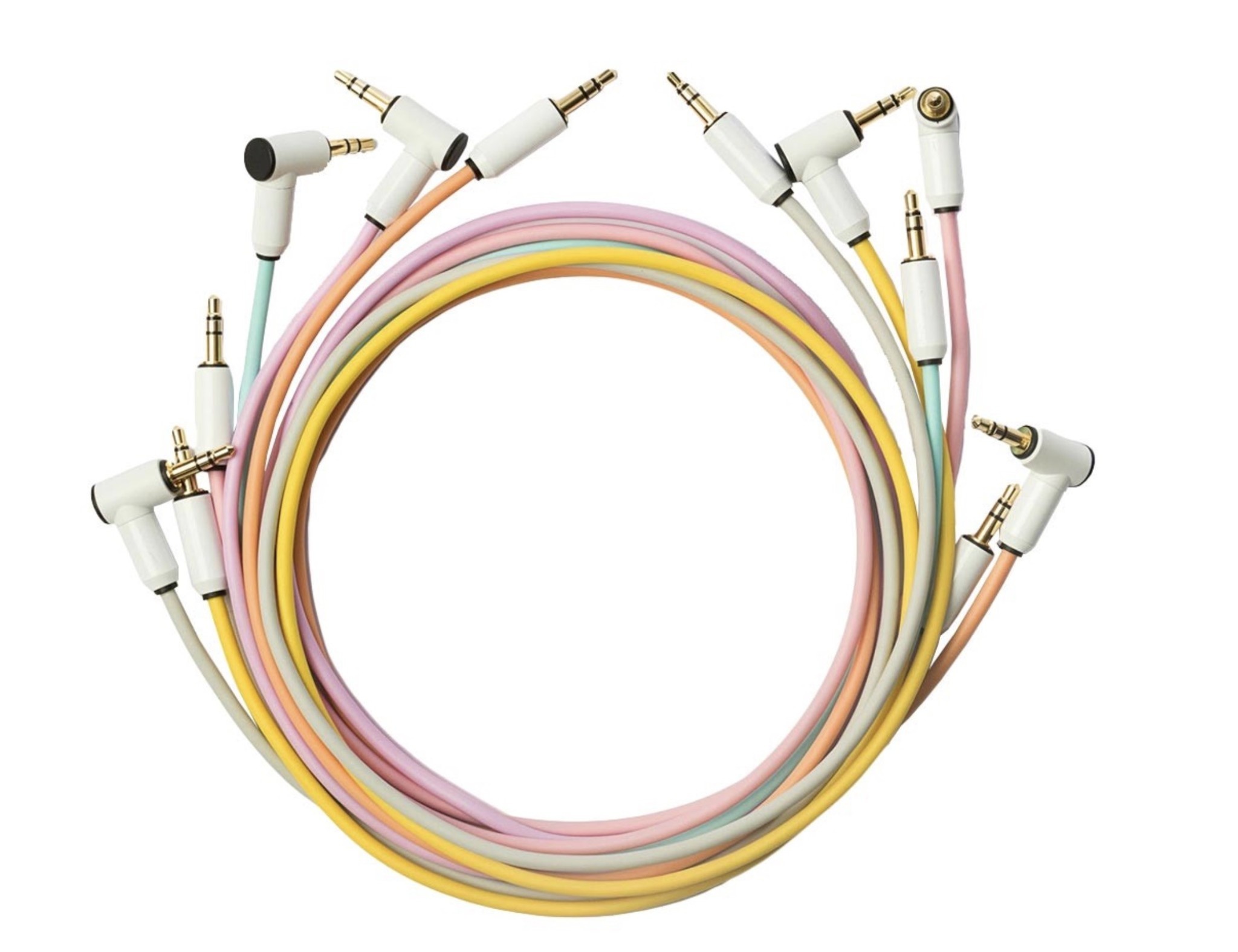

Audio Cable
What Voltage Is Audio Cable Rated To
Published: December 21, 2023
Learn about the voltage rating of audio cable and ensure safe usage. Find out what voltage levels audio cables are typically rated to for optimal performance and protection.
(Many of the links in this article redirect to a specific reviewed product. Your purchase of these products through affiliate links helps to generate commission for AudioLover.com, at no extra cost. Learn more)
Table of Contents
Introduction
Audio cables are ubiquitous in today’s technology-driven world, used to connect various audio devices and transmit sound signals. Whether you’re a music enthusiast, a professional in the audio industry, or simply someone who appreciates high-quality audio, understanding the fundamentals of audio cable voltage ratings is essential.
Audio cables play a crucial role in maintaining signal integrity and delivering optimal audio performance. While factors like cable length, material, and connector quality are important, the voltage rating is equally significant. The voltage rating indicates the maximum amount of voltage that an audio cable can handle without degrading the audio signal or risking damage to the cable itself.
In this article, we will delve into the world of audio cable voltage ratings, exploring their significance and the factors that influence them. So, whether you’re setting up a home audio system, planning a live event, or simply curious about the technical aspects of audio cables, read on to gain a deeper understanding of audio cable voltage ratings and their importance in ensuring superior audio quality.
Understanding Audio Cable Voltages
When it comes to audio cables, voltage is a crucial factor to consider. Voltage refers to the electrical potential difference between two points in a circuit. In the context of audio cables, voltage is the measure of the strength of the electrical signal being transmitted.
Audio signals are typically low voltage signals, ranging from millivolts to a few volts. The purpose of audio cables is to carry these delicate signals from one audio device to another, without any significant loss or distortion. The voltage rating of an audio cable indicates its ability to handle this voltage level safely and without degradation.
To ensure optimal signal transfer and minimize noise interference, audio cables are designed to have low resistance. This low resistance helps to preserve the integrity of the audio signal, allowing it to travel smoothly from the audio source to the destination device.
It’s important to note that the voltage rating of an audio cable is not the actual voltage that will be passing through it. Instead, it represents the maximum voltage that the cable can handle without experiencing performance issues or damage. Exceeding the voltage rating of an audio cable can result in signal loss, distortion, or even damage to the cable itself.
It’s also worth mentioning that the voltage rating of an audio cable is closely related to its insulation and shielding capabilities. Insulation helps to prevent electrical leakage and protect against electrical shocks, while shielding minimizes interference from external electromagnetic sources that can compromise the audio signal quality.
By understanding the importance of voltage ratings and their impact on audio signal integrity, you can make informed decisions when selecting audio cables for your specific audio system needs. Next, let’s explore some common voltage ratings you are likely to encounter when shopping for audio cables.
Common Voltage Ratings for Audio Cables
Audio cables come in various voltage ratings to accommodate different audio equipment and signal strengths. While the specific voltage ratings may vary depending on the manufacturer and cable type, there are certain common ranges you are likely to come across.
One of the most common voltage ratings for consumer-grade audio cables is 300V. These cables are suitable for most home audio systems, including speakers, headphones, and audio interfaces. They can handle the typical low voltage signals generated by consumer audio devices.
For professional audio applications, such as studio recording, live performances, and sound reinforcement, higher voltage ratings are often required. Professional audio cables can have voltage ratings ranging from 600V to 1000V. These higher voltage ratings are necessary to handle the higher signal levels and ensure reliable performance in demanding audio environments.
In addition to voltage ratings, audio cables are often classified based on their specific applications. For example, instrument cables, commonly used to connect guitars and other musical instruments to amplifiers, typically have voltage ratings of 600V or higher. These higher voltage ratings allow them to handle the potentially high signal levels generated by instruments with active pickups.
Another important factor to consider when it comes to audio cable voltage ratings is the type of signal being transmitted. Analog audio signals, which involve continuous voltage variations, require cables with specific voltage handling capabilities. On the other hand, digital audio signals, which are comprised of binary data, have different voltage requirements. It’s essential to select audio cables with voltage ratings appropriate for the type of signal you are working with to ensure optimal performance.
Keep in mind that while voltage ratings are crucial, other factors such as cable length, impedance, and connector quality also impact the overall audio signal integrity. It’s important to consider the entire audio chain and select cables that meet not only the voltage requirements but also other relevant specifications for your specific audio setup.
Now that we have explored common voltage ratings for audio cables, let’s take a closer look at the factors that can affect the voltage ratings of these cables.
Factors Affecting Voltage Ratings of Audio Cables
The voltage rating of an audio cable is influenced by several factors, which can vary depending on the specific cable design and application. Understanding these factors is crucial for selecting the right audio cable with an appropriate voltage rating for your audio system. Here are some key factors that can affect the voltage ratings of audio cables:
- Cable Design: The design and construction of the cable play a significant role in determining its voltage rating. Cables with thicker conductors and superior insulation materials are generally capable of handling higher voltages. The overall build quality and attention to detail in the manufacturing process also contribute to the voltage rating.
- Insulation Material: The type and quality of insulation used in the cable heavily influence its voltage rating. High-quality insulation materials, such as PVC (Polyvinyl Chloride), PE (Polyethylene), or FEP (Fluorinated Ethylene Propylene), provide better insulation and can withstand higher voltages without breakdown or damage. Low-quality or insufficient insulation can result in voltage leakage and signal degradation.
- Shielding: The presence of shielding in an audio cable affects its voltage rating. Shielding helps to protect the audio signal from external electromagnetic interference. Cables with better shielding, such as braided shields or foil shields, are more capable of handling higher voltages without signal degradation caused by external noise. Poor shielding can lead to increased susceptibility to interference and reduced voltage handling capacity.
- Wire Gauge (AWG): The wire gauge, often represented by the American Wire Gauge (AWG) standard, refers to the thickness of the conductive wire in the cable. Thicker wires generally have lower resistance and are more capable of carrying higher voltage signals without significant degradation. Higher AWG numbers indicate thinner wires with less voltage handling capacity.
- Cable Length: The length of the audio cable can impact its voltage handling capabilities. Longer cables tend to have higher resistance, which can lead to greater signal loss and voltage drop. It’s important to choose a cable that is appropriate for the distance between your audio source and destination, considering both the voltage rating and the desired signal quality.
It’s crucial to consider these factors when selecting audio cables to ensure that they are capable of handling the voltage requirements of your audio system. Using cables with insufficient voltage ratings can result in distorted or degraded audio signals, limiting the overall audio quality.
Now that we have explored the factors affecting voltage ratings, let’s discuss the importance of matching voltage ratings in audio systems.
Importance of Matching Voltage Ratings in Audio Systems
Matching the voltage ratings of audio cables to the requirements of your audio system is vital for ensuring optimal performance and safeguarding against potential issues. Here are some reasons why matching voltage ratings in audio systems is important:
- Preserving Audio Signal Integrity: Using cables with voltage ratings that are lower than the signal strength can result in signal degradation. The audio signal may suffer from loss of clarity, increased noise, or distortion. By using cables with matching voltage ratings, you can preserve the integrity of the audio signal and enjoy high-quality, accurate sound reproduction.
- Avoiding Damage to Equipment: Exceeding the voltage rating of audio cables can potentially damage your audio equipment. Higher voltages than what the cable can handle may cause cable insulation breakdown, short circuits, or even damage to the connected devices. Matching the voltage rating ensures that the audio cables can handle the expected signal strength, minimizing the risk of equipment damage.
- Reducing Interference: Audio cables with higher voltage ratings often come with better shielding to protect against electromagnetic interference. Using cables with lower voltage ratings may result in increased susceptibility to interference from other electronic devices, power sources, or even nearby radio frequency signals. Matching voltage ratings helps reduce the risk of interference, maintaining a clean and clear audio signal path.
- Ensuring Safety: Proper voltage ratings are essential for maintaining safety in audio systems. Cables with lower voltage ratings may have inadequate insulation, increasing the risk of electrical leakage or possible electric shocks. By using cables with appropriate voltage ratings, you can ensure a safe and reliable audio setup.
Remember that each component in an audio system, including audio sources, amplifiers, and speakers, may have different voltage requirements. It’s crucial to select audio cables that are compatible with the highest voltage requirement in your setup to ensure compatibility and avoid any performance issues or potential damage.
Lastly, always refer to the specifications provided by the audio equipment manufacturers or consult with audio professionals when determining the appropriate voltage ratings for your audio cables.
By understanding the importance of matching voltage ratings in audio systems, you can make informed decisions when selecting and installing audio cables, ensuring optimal audio performance, and protecting your valuable audio equipment.
Conclusion
Understanding audio cable voltage ratings is essential for anyone involved in the world of audio, whether as a music enthusiast, audio professional, or casual listener. The voltage rating of an audio cable indicates its ability to handle the electrical signals being transmitted without degrading the audio quality or risking damage to the cable and equipment.
When selecting audio cables, it’s important to consider factors such as cable design, insulation material, shielding, wire gauge, and cable length. These factors can affect the voltage rating and overall performance of the cable. By choosing cables with appropriate voltage ratings, you can ensure optimal signal integrity, prevent equipment damage, and minimize interference.
Matching the voltage ratings of audio cables to the requirements of your audio system is crucial for preserving audio quality, avoiding potential issues, and maintaining safety. Using cables with lower voltage ratings could result in signal degradation and equipment damage, while cables with higher voltage ratings offer better performance and protection against interference.
As you explore the world of audio cables, always refer to the specifications provided by equipment manufacturers and consult with audio professionals for guidance on selecting the right cables for your specific audio setup. Investing in high-quality cables with proper voltage ratings will ultimately enhance your audio experience and ensure the longevity of your audio equipment.
In conclusion, understanding the significance of audio cable voltage ratings empowers you to make informed decisions and create a reliable and high-performance audio system that delivers outstanding sound quality. So, whether you’re setting up a home audio system, recording in a professional studio, or organizing live events, remember the importance of voltage ratings in choosing the right audio cables for your needs.



